I hope you enjoy reading this blog post.
If you want to get more traffic, Contact Us

Click Here - Free 30-Minute Strategy Session
Be quick! FREE spots are almost gone for this Month. Free Quote

Tried Long-Form Blog Post, yet were unsuccessful in generating more traffic to your web page? Here are a few essentials of a long-form blog post that is sure to fetch you better results:
1. Keyword Research:

Click Here – Free 30-Minute Strategy Session
Be quick! FREE spots are almost gone for this Month
Your first step should be to focus on the keywords that would contribute to your post. Your keywords must be closely related to the topic and you should always opt for a lower competition keyword. Looking for some tools to help you to find out the best keywords? Try Google Keyword Planner. You can also explore SEMrush! These tools are widely used by the SEO experts.
2. Continuously Use Long-tail Keywords:
Needless to say that an article must have a focus keyword. Ensure that you opt for long-tail keywords as they can fetch you the results in a lesser time. The focus keywords usually face a high competition, hence ranking in SERP is slightly difficult.
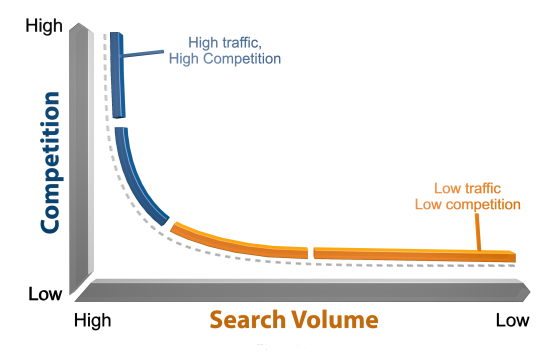
This paves the way for long-tail keywords to be ranked higher in SERPs and generate traffic. Follow up Google’s “searches related to” section to find out some of the best long-tail keywords related to your content.
3. The Perfect h1 Heading Tag:
Everybody going to your website page will definitely have a look at the title or h1 tag. So it is fundamental for your blog entry to utilise h1 tag as the title of your blog entry. By centring h1 tag to your title, you can incredibly draw-in more traffic to your blog.
Adding H1 tag not only assists the web crawlers with better indexing your content but, also helps the readers to better judge your post before reading it completely.
Essentials of a long-tail keyword:
– A long tail catchphrase
– Short yet clear description (25-70 characters)
– Give the reader an idea about your write-up before they proceed with it.
4. Using Supportive Subheadings is a Great Idea:
The thumb rule here is not to stuff the keywords everywhere as you might be penalized. Rather, you can rely on subheadings. They ought to help the readers explore the substance. The motivation behind subheadings is to separate the entire article into fragments and help the per-users to explore into your article with the goal that they can without much of a stretch see every last part of the substance.
5. Use Schema Markup:
Schema Markup is a calculation or an arrangement of code lines that the web crawlers use to dissect your content. In particular, it separates each piece of your substance and tells web indexes what those parts mean. It just separates your entire article into portions and passes on the web indexes the thought regarding each fragment. You can opt for free Google’s Structured Data Markup Helper to add markup to your article.
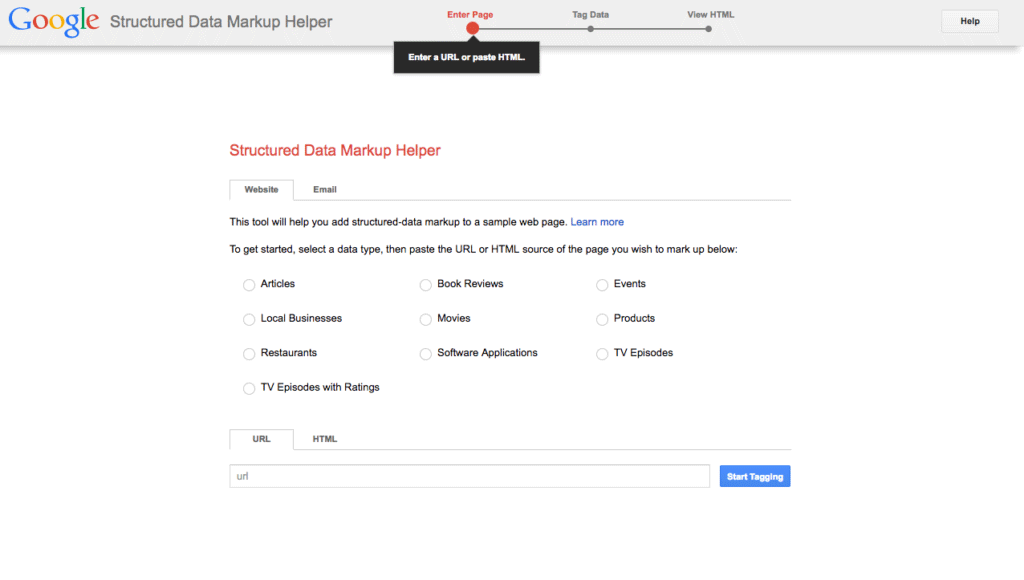
6. Share/Spread Backlinks:
This method is tested and has yielded better results. If you have a huge number of fan-following, use them to increase the traffic to your blog posts. The fundamental reason is to get backlinks whether they are sharing on their online networking pages or blogs.
Be watchful on requesting backlinks straightly as people may not be that generous to get you traffic.
7. Enhance your Post (Blog) URL Structure:
It is seen that shorter URLs convey a superior client encounter and are helpful to fetch you a higher rank. Besides, your URLs must contain long-tail keywords.

8. Incorporate outbound links:
One of the least complex methods for upgrading your post’s SEO is the outbound links.
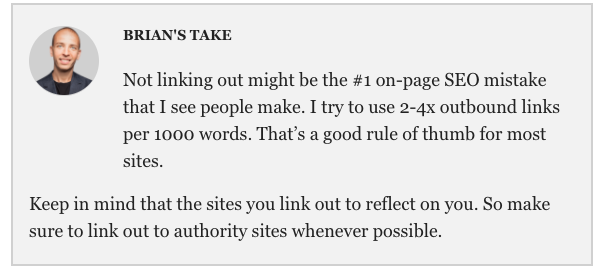
Adding outbound connections to your posts will expand your article’s SEO naturally. You ought to incorporate 2-4 outbound connections for each 1000 words. In the event that you have an article around 4000 words, don’t be frenzy to add more outbound connections. Just add it wisely.
9. Utilise internal Links:
Which is more essential – internal linking or external linking? Both are equally important as both the methods help to fetch the results. However, you should go for lesser internal links and opt for more external links.
10. Utilise LSI watchwords to Support Your Focus Keywords:
The Latent Semantic Indexing or LSI are those keywords that are similar to your focus keywords. They are basically the synonyms of your focus keywords.
For instance, if your focus keyword is “on page SEO,” some LSI catchphrases would be “on page SEO checklist” and “on page SEO techniques.”
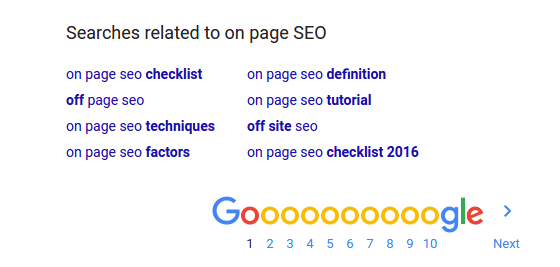
Looking for some tool to help you in finding out the LSI keywords? Try LSIGraph.com. All you need to do is enter your focus keyword and click on Generate button. Do not forget to check-mark on “I’m not a robot” box.
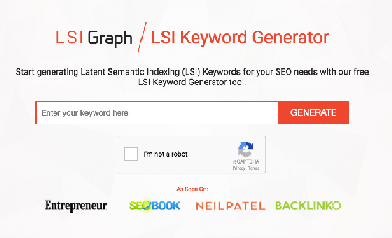
11. Get the title tag right:
The title is the first thing to grab the attention of the readers. Hence, you should ensure that you create the best first impression.
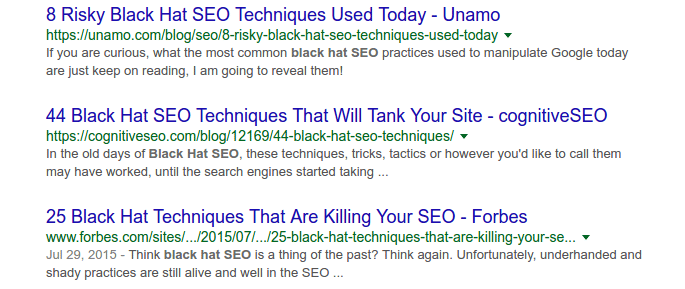
The title tag must be carefully chosen as the title tag would be the title of your blog post in the search engine result pages. Make sure that you add the focus keyword in your title. The title must remain in between 70-71 characters.
12. Develop an SEO-friendly Meta Description:
The title tag and the Meta description both helps your page stand out in the SERPs. You also have to be sure that your Meta Description supports the title and explains a brief about your post.

Meta Description optimisation rules:
– Must be in-between 135-160 characters
– Add the focus keyword
– Must exhibit a clear picture portraying all parts of the article
13. Pick Responsive Theme to Make Your Site Mobile Friendly:
A responsive theme is the need of the hour and you cannot ignore it. Consider the following tips to make your post mobile-friendly:
In the first place, you need to confine your passages not surpassing 3-4 lines
Furthermore, use short sentences.
Thirdly, utilise photographs and videos and appropriate blank areas to separate the article.
Keep in mind to use the h1 tag and the subheadings.
This will build the client’s comprehensibility on both mobile and desktop and will obviously an increase in activity to your site too.
14. Check your site speed:
Research has found out that more than 50% of the clients leave a site if the loading time is more than 2 seconds. This implies that your site speed must be pretty darn quick. On the off chance that it’s not, you could lose some genuine traffic.
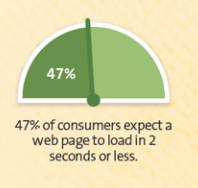
You can increase your site’s speed by
– Designing it simple
– Reducing server reaction time
– Empowering compression (minifying CSS, JS and so on.)
– Enhancing images
– Utilising browser cache
– When you have finished with your site speed changes, use the following site speed tools to test the site speed
– Pingdom Tools
– TestMySite
15. Streamline body text for your keyword:
Obviously, you can’t neglect to incorporate your focus keyword in the body of your article. You might have added the focus keyword in your title and description; however, that isn’t enough for a solid page rank. Add focus keywords in the beginning of the paragraph, middle of the post and at the end. Use a combination of long-tail and LSI Keywords.
16. Use your focus keyword in the beginning:
As per Brian Dean your focus keyword ought to show up in the initial 100-150 words. This will help Google creep your substance and comprehend that your focus keyword is important.
17. Keyword frequency:
The number of times a keyword is used is referred as Keyword frequency. You can use 2-3 times in a post of 400-500 words or 8-10 keywords per 1000 words. The best option is to use focus keywords along with long-tail keywords and LSI keywords. Ensure that the keywords are naturally used and add meaning to your write-up.

18. Remember User’s Intentions:
A blogger who is very much aware of the readers’ intention is really the most successful amongst all. It is the blogger who can make the keyword more effective. The readers’ are able to reach to your website with the help of these keywords. Thus, if you are able to understand the reader’s mind, you will be able to optimise the keywords in an efficient manner.
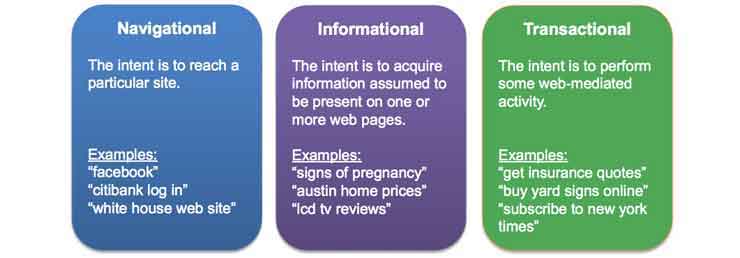
There exist three types of client aim:
Navigational Intent: Users with Navigational aim are looking for a specific sort of page or a site. For instance, he or she is scanning for Facebook, Twitter pages, Citibank website and so on.
Informational Intent: Users with Informational intent are searching for a snippet of data. For instance, he/she is hunting down Signs of Cancer, London Flats costs or iPhone 7 surveys.
Value-based Intent: Users with the Transactional plan are serious buyers and they are looking for specific things to make a purchase. For instance, he/she is hunting down insurance plans or purchasing LED lights on the web.
Thus, you must be very clear with the intent while you are blogging so that your content reaches the right target. Needless to say, do not forget to add your focus keyword along with long-tail and LSI keywords.
19. Incorporate Latent Semantic Indexing (LSI) Keywords in h2 Subheadings:
You can add to your page rankings by adding your LSI keywords in your H2 subheadings. Ensure that the keyword fits naturally and not otherwise.
20. Make social buttons simple to locate:
The social media is the most powerful tool that can fetch you results in no time. Be it Facebook, Twitter or Pinterest, you must create an account and share your posts on regular basis. The visitors might like and share your posts and this is sure to boost your brand visibility. Make sure that you add social buttons on your blog posts such that they are easily visible. If you haven’t given a thought about it, do check your blog posts and make the necessary changes.
21. Be choosy with anchor texts:
You need to be careful if you are using the exact match anchor text as Google keeps an eye on it. You might be penalized on over using the anchor texts.
22. Lengthy Content:
You might be under the impression that people avoid reading such lengthy posts but, there are readers who seek for complete information. And trust us, nothing can be more informative than a long-form content wherein you can share the complete information. Lengthy cannot guarantee you a higher ranking but, your substance definitely can.
23. Deep Content:
Do not write a blog just for the heck of it. The readers would want to gather information from your blog posts. Thus, your content has to be compressive. You can explain important things in-depth.
If you haven’t given a thought about the long-form blog post, you should definitely give a try. The above-mentioned checklist will surely assist you in getting the desired results. Remember, SEO is a long-term strategy and you need to keep a track of every smallest details to generate higher traffic and maintain your page rank.
Happy Optimizing!

LEAVE A REPLY